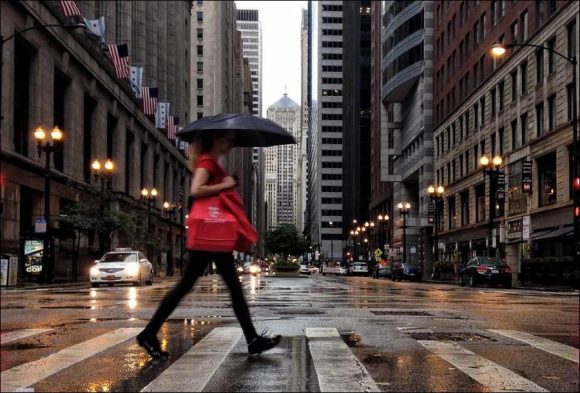“The right of a person to privacy in a public place is equal to the right of a photographer to take a photograph in a public place” – Nick Turpin
Street photography can be loosely defined as photography that attempts to capture different aspects of life in our cities. It’s a type of photography that has become increasingly popular, in part due to the ubiquity of camera phones, with more and morepeople snapping whatever catches their eye on the streets. Conversely, that means more people than ever are having their photographs taken without any formal consent.
Either side of this equation feels differently about this state of affairs. Photographers loudly proclaim their “right” to take a photograph of whatever and whomever they like in a public place. And they have a point: In most countries of the world, the law is on their side. A person has no right to their image if they are photographed in a public place. Which means that photographers are legally entitled to snap away without seeking anyone’s permission. But just because you have the right to do something doesn’t make it right. And so we enter the somewhat fuzzy area of ethics: Who are you? And…
What are your ethics?
“Look and think before opening the shutter. The heart and mind are the true lens of the camera.” — Yousuf Karsh
Ethics are ultimately a moral principle, often with personal nuances. Before going out to take pictures, it’s worth thinking about your own values and deciding what you feel is or isn’t acceptable to photograph. After that, you can derive what is or isn’t acceptable to share with an audience, be that in print, on a blog, or a photo platform. How would you feel if the image was to go viral? How would the person(s) depicted in the photograph feel? Street photography, then, is about something else.
It’s About Empathy
“If the photographer is interested in the people in front of his lens, and if he is compassionate, it’s already a lot. The instrument is not the camera but the photographer.” — Eve Arnold
It’s important to try and empathize with your subject. How would you feel in their shoes if it was you being photographed? Or how would you feel if it was your grandma or grandad having a camera thrust in their face?
This is not to say it is always wrong to get in someone’s face with a camera. The street photographer Bruce Gilden is a great example of someone who has made this way of working his signature style. He has famously stated that he “has no ethics.” But if you watch a video of him shooting and listen to him speak about why he shoots the way he does, it quickly becomes obvious that, far from having no ethics, he is in fact rather highly principled – and more importantly has a great deal of empathy and feeling for the lives of the people he photographs. In one interview, he speaks passionately of the people he photographs being like friends “even if I don’t know them.”
What’s your (real) motivation?
“Grub first, ethics later” – Berthold Brecht
Why do you want to take a particular photograph? Is it for a just cause? For art? Are you hoping to make the world a better place, by highlighting a particular issue. Or maybe you’re shooting just for the love of it? Ultimately your own passions and interests will sway what you shoot, and your ethics how and what you shoot.
There are many famous (and controversial) examples of photographs which have ultimately swayed public opinion through the power of their imagery and underlying message, but most of us street photographers who are starting out are not a Don McCullin behind enemy lines. Yet we still want to get the shot that we want to get.
As an example, a lot of photographers will be attracted to shooting the homeless and poor. Aesthetically they are “different” from the norm, and therefore interesting to us as potential subject matter. Which is fine, if approached with empathy, sensitivity, and respect. But if you tell yourself that your motivation is “highlighting the plight of the homeless” to bring it to the attention of the world, then you are kidding yourself – the world already knows about it and has decided it doesn’t much care. Better perhaps to either look for different subject matter or find a way to try and tell the story from a “new” perspective. In doing so, you will be steering away from cliché and give yourself the chance to be original and creative.
A good example of how to photograph the homeless ethically can be found in the work of Lee Jeffries. His incredible portraits came about as a direct result of a change in ethical stance. One day, Jeffries was shooting a sporting event and, noticing a homeless man nearby, fired off a few shots through his long lens. On viewing, he felt uncomfortable about what he had just done, and decided to go and talk to the man. The interaction ended with Jeffries taking some more close up shots of the man which were far more powerful, and yet empathetic, and led to him adopting this “technique” for a more up close a personal, way of working.
Related: Candidly capturing life in public areas
Visits: 74




